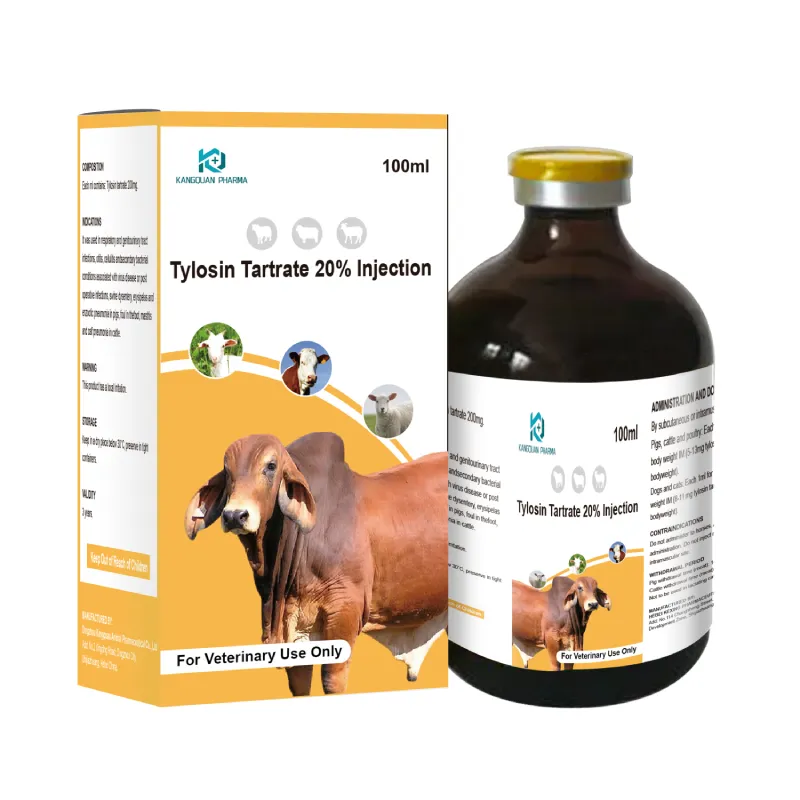- Afrikaans
- Albanian
- Amharic
- Arabic
- Armenian
- Azerbaijani
- Basque
- Belarusian
- Bengali
- Bosnian
- Bulgarian
- Catalan
- Cebuano
- Corsican
- Croatian
- Czech
- Danish
- Dutch
- English
- Esperanto
- Estonian
- Finnish
- French
- Frisian
- Galician
- Georgian
- German
- Greek
- Gujarati
- Haitian Creole
- hausa
- hawaiian
- Hebrew
- Hindi
- Miao
- Hungarian
- Icelandic
- igbo
- Indonesian
- irish
- Italian
- Japanese
- Javanese
- Kannada
- kazakh
- Khmer
- Rwandese
- Korean
- Kurdish
- Kyrgyz
- Lao
- Latin
- Latvian
- Lithuanian
- Luxembourgish
- Macedonian
- Malgashi
- Malay
- Malayalam
- Maltese
- Maori
- Marathi
- Mongolian
- Myanmar
- Nepali
- Norwegian
- Norwegian
- Occitan
- Pashto
- Persian
- Polish
- Portuguese
- Punjabi
- Romanian
- Russian
- Samoan
- Scottish Gaelic
- Serbian
- Sesotho
- Shona
- Sindhi
- Sinhala
- Slovak
- Slovenian
- Somali
- Spanish
- Sundanese
- Swahili
- Swedish
- Tagalog
- Tajik
- Tamil
- Tatar
- Telugu
- Thai
- Turkish
- Turkmen
- Ukrainian
- Urdu
- Uighur
- Uzbek
- Vietnamese
- Welsh
- Bantu
- Yiddish
- Yoruba
- Zulu
9 月 . 23, 2024 06:54 Back to list
disinfection of poultry house
Disinfection of Poultry Houses A Critical Step for Animal Health and Biosecurity
Maintaining a clean and disinfected environment is essential for the health and productivity of poultry. Disinfection of poultry houses plays a crucial role in preventing the spread of diseases, ensuring the well-being of the birds, and safeguarding the economic interests of poultry farmers. This article explores the importance of disinfection, effective methods, and best practices to ensure optimal biosecurity within poultry facilities.
In the poultry industry, diseases can spread rapidly and can lead to significant mortality and loss of productivity. Pathogens such as Salmonella, Avian Influenza, and Newcastle Disease pose serious threats to poultry health. Therefore, the disinfection of poultry houses must be a fundamental practice to mitigate these risks. Regular cleaning and sanitization create an environment that is inhospitable to pathogens, thus reducing the likelihood of outbreaks.
The disinfection process begins with thorough cleaning. All feed, bedding, and organic materials must be removed from the poultry house. Sweeping and scrubbing surfaces help eliminate dust, debris, and organic matter, which can harbor pathogens. It is essential to pay close attention to corners, crevices, and areas that are not easily accessible, as these tend to accumulate filth.
Once the cleaning process is complete, the next step is disinfection. Various chemical agents are available for disinfecting poultry houses. Chlorine-based disinfectants, quaternary ammonium compounds, and hydrogen peroxide are some of the commonly used options. Each disinfectant has its own spectrum of effectiveness against specific pathogens, so choosing the right product based on the pathogens of concern is crucial. Always follow the manufacturer's instructions regarding dilution and application to ensure effectiveness.
disinfection of poultry house

Moreover, the timing of disinfection is equally important. Disinfection should occur during periods of downtime, such as after birds are removed for processing or during the transition between different flocks. This allows sufficient time for the disinfectant to work and ensures a clean environment for the next batch of poultry.
In addition to chemical disinfection, temperature and pressure can also play a role in pathogen control. Steam disinfection, for example, involves applying hot steam to surfaces, effectively inactivating many pathogens without the need for harsh chemicals. This method is particularly useful for cleaning equipment and tools used in the poultry house.
Furthermore, implementing a routine disinfection schedule can greatly enhance biosecurity measures. Regular training for staff involved in cleaning and disinfection ensures that best practices are followed, and new staff members are adequately informed about the importance of biosecurity.
In conclusion, the disinfection of poultry houses is a vital element of poultry management that significantly contributes to animal health and the prevention of disease outbreaks. By adhering to effective cleaning and disinfection practices, poultry farmers can protect their flock, increase productivity, and ultimately support the sustainability of their operations. Incorporating these steps into day-to-day management ensures a healthier environment for poultry and promotes a thriving poultry industry.
-
The Power of Radix Isatidis Extract for Your Health and Wellness
NewsOct.29,2024
-
Neomycin Sulfate Soluble Powder: A Versatile Solution for Pet Health
NewsOct.29,2024
-
Lincomycin Hydrochloride Soluble Powder – The Essential Solution
NewsOct.29,2024
-
Garamycin Gentamicin Sulfate for Effective Infection Control
NewsOct.29,2024
-
Doxycycline Hyclate Soluble Powder: Your Antibiotic Needs
NewsOct.29,2024
-
Tilmicosin Premix: The Ultimate Solution for Poultry Health
NewsOct.29,2024













